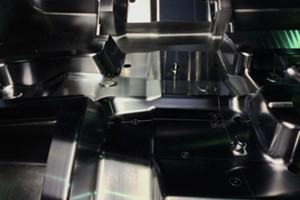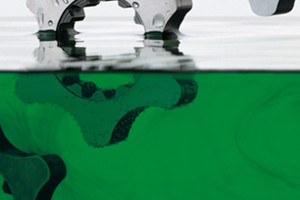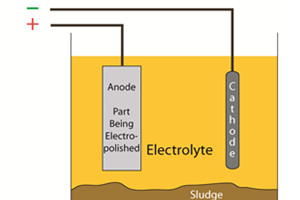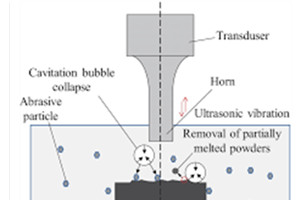
Industrial background
In the process of the development of industrial products to diversification and high-grade, how to improve the quality of molds that directly affect the quality of products is an important task. In the process of mold manufacturing, the smoothing and mirror processing after shape processing is called part surface grinding and polishing, which is an important process to improve the quality of the mold. Mastering a reasonable polishing method can improve the quality and service life of the mold.
1.Mechanical Polishing
Mechanical polishing is a polishing method that removes the protrusions on the surface of the workpiece to obtain a smooth surface by cutting or plastically deforming the surface of the material. Generally, whetstone strips, wool wheels, sandpaper, etc. are used, mainly manual operations, and those with high surface quality requirements can be used. Ultra-fine grinding and polishing method. Ultra-precision grinding and polishing is a special abrasive tool, which is pressed on the surface of the workpiece to be machined in the grinding and polishing liquid containing abrasive, and rotates at high speed. Using this technology, the surface roughness of Ra0.008μm can be achieved, which is the best surface roughness among various polishing methods. Optical lens molds often use this method. Mechanical polishing is the main method of mold polishing.

2.Chemical Polishing
Chemical polishing is that the material in the chemical medium dissolves the microscopically protruding parts of the surface preferentially over the concave parts, thereby obtaining a smooth surface. The method can polish workpieces with complex shapes, and can polish many workpieces at the same time, with high efficiency. The surface roughness obtained by chemical polishing is generally Ra10μm.

3.Electrolytic polishing
The basic principle of electrolytic polishing is the same as that of chemical polishing, that is, by selectively dissolving the tiny protrusions on the surface of the material to make the surface smooth. Compared with chemical polishing, it can eliminate the influence of cathodic reaction, and the effect is better.

4.Ultrasonic polishing
Ultrasonic polishing is a processing method that uses the tool section to make ultrasonic vibration and polishes brittle and hard materials through abrasive suspension. The workpiece is placed in the abrasive suspension and placed in the ultrasonic field together, and the abrasive is ground and polished on the surface of the workpiece by the oscillation of the ultrasonic wave. The macroscopic force of ultrasonic processing is small, and it will not cause deformation of the workpiece, but it is difficult to make and install the tooling.

5.Fluid Polishing
Fluid polishing relies on the flowing liquid and the abrasive particles carried by it to wash the surface of the workpiece to achieve the purpose of polishing. Hydrodynamic grinding is driven by hydraulic pressure. The medium is mainly made of special compounds (polymer-like substances) with good flowability under low pressure and mixed with abrasives. The abrasives can be silicon carbide powder.
6.Magnetic grinding and polishing
Magnetic grinding and polishing is to use magnetic abrasives to form abrasive brushes under the action of a magnetic field to grind workpieces. This method has high processing efficiency, good quality and easy control of processing conditions. With suitable abrasives, the surface roughness can reach Ra0.1μm.
7.EDM ultrasonic composite polishing
In order to improve the polishing speed of workpieces with surface roughness Ra above 1.6μm, ultrasonic and special high-frequency narrow pulse and high-peak current pulse power supply are used for composite polishing. The corrosion of ultrasonic vibration and electric pulse acts on the surface of workpiece at the same time. Its surface roughness has obvious and effective polishing effect on the rough surface of the mold processed by turning, milling, EDM and wire cutting.
More polishing knowladge will share with you later.
<< :Case Sharing-How moresuperhard help customer solve PCD grinding problems?
<< :Manufacturing and grinding of pcd tools for aerospace applications
Comparison of ns, ps, and fs lasers for PCD, carbide, and ceramic machining, and how Moresuperhard’s 5-axis laser PCD grinding machine delivers high-precision cold laser processing.
Learn how to choose the right PDC cutters for deep and hard rock formations. Explore diamond thickness, thermal stability, impact toughness, cutter geometry, and bit design.
Add: Zhongyuan Rd, Zhongyuan District, Zhengzhou, 450001, Henan, China
Tel: +86 17700605088